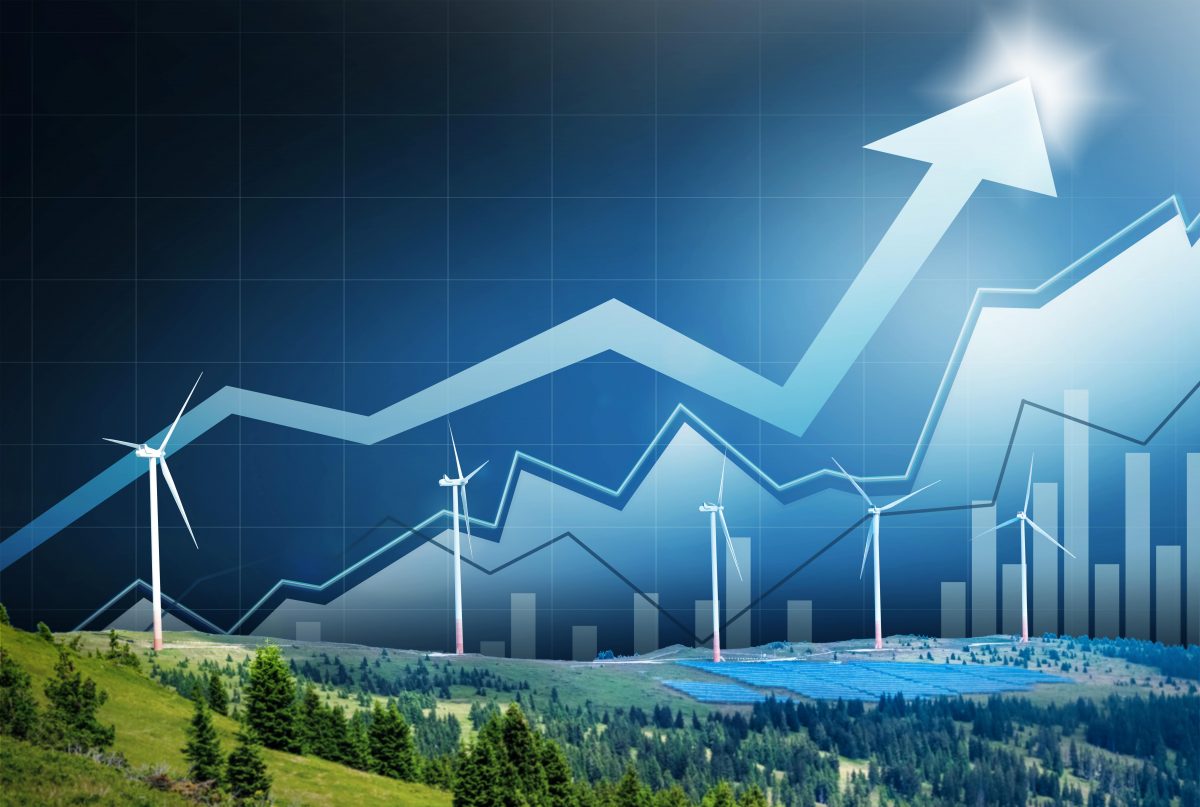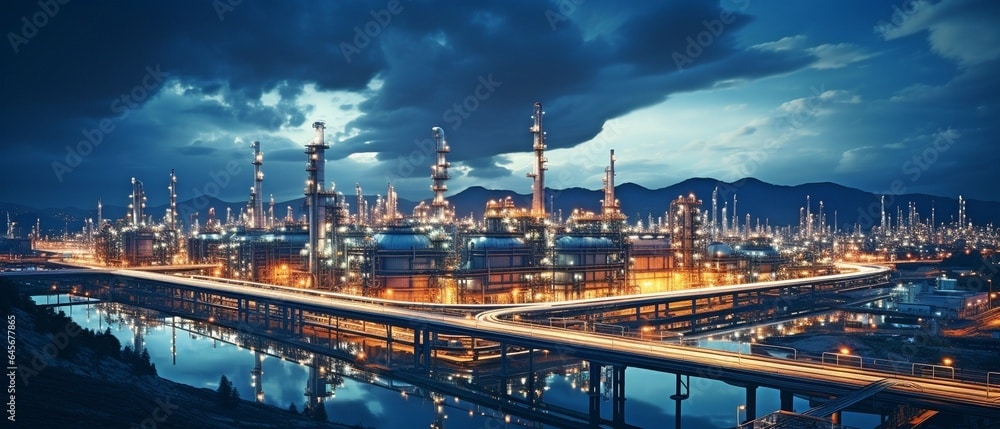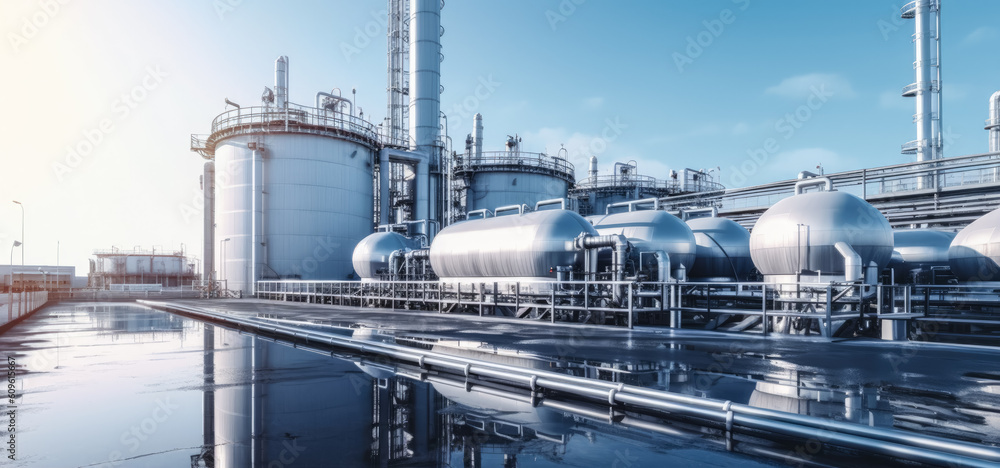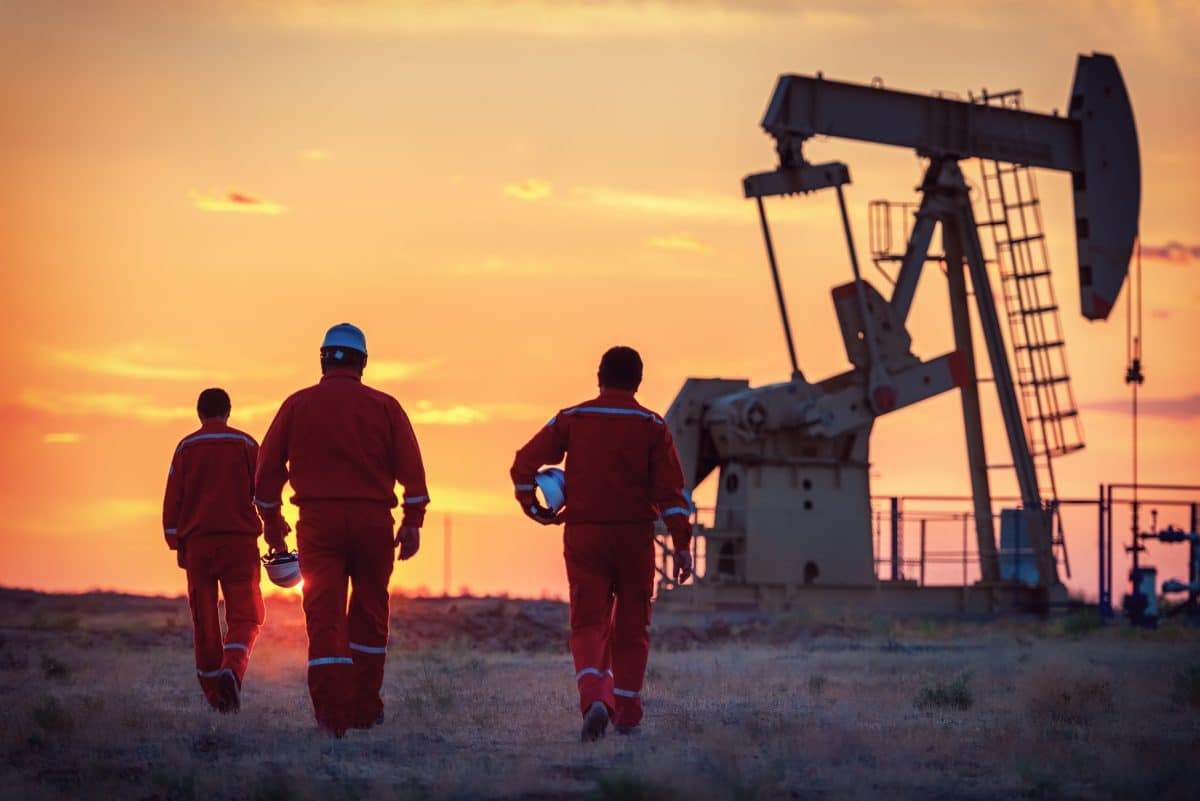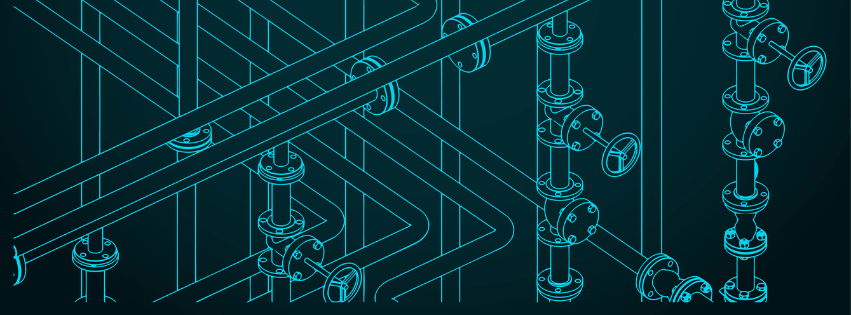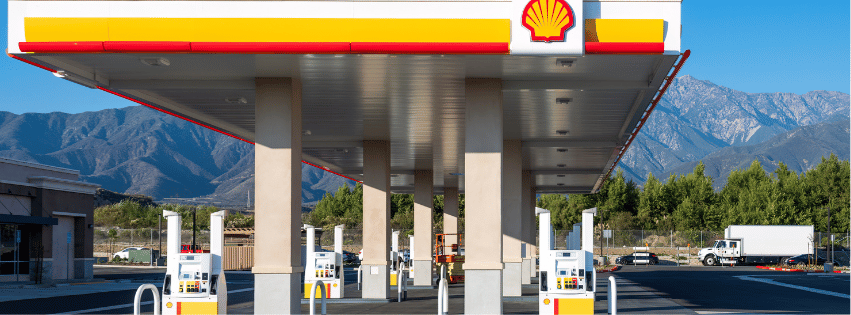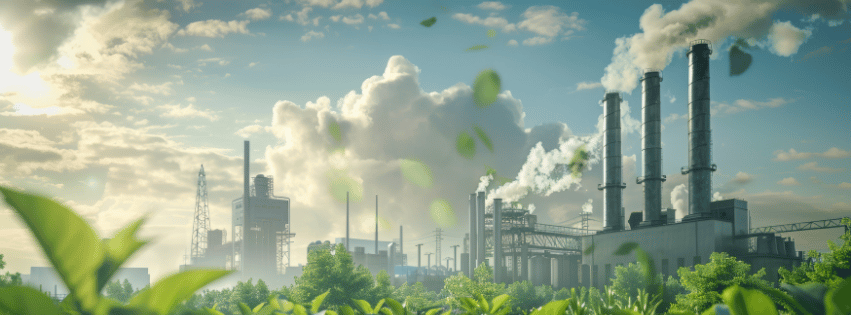Energy Transfer(NYSE: ET) been a terrific investment over the past year. The energy midstream giant’s unit price has rallied 22.5%. Add in its lucrative cash distributions, and the total return is more than 30%.
One catalyst fueling the master limited partnership’s (MLP’s) rally is the growth it has coming down the pipeline. Here are three notable growth catalysts that could help fuel strong returns for investors through at least the next five years.
Capitalizing on the Permian Basin’s growing volumes
Energy Transfer owns a diverse array of energy midstream assets across the U.S. Given the overall diversity of the company’s operations, it can be easy to overlook its prime position in the prolific Permian Basin. The company has significantly enhanced its Permian platform in recent years through a series of strategic deals:
Lotus Midstream: The acquisition of Lotus enhanced its crude pipeline footprint across the Permian.
Crestwood Equity Partners: The merger with Crestwood helped deepen its value chain in the Delaware Basin side of the Permian.
WTG Midstream: It bought WTG Midstream, which owned and operated the largest private Permian gas gathering and processing business with assets located in the core of the Midland Basin.
Sunoco LP JV: The company formed a joint venture with affiliated MLP Sunoco LP to combine their crude oil and producedwater gathering assets in the Permian.
These deals have put Energy Transfer in an even stronger position to capitalize on the continued strong volume growth ahead in the region. The company is expanding some existing gas processing plants (Arrowhead II and III) and building new facilities (Mustang Draw and Red Lake III and IV) to increase its processing capacity. It’s also building the large-scale Hugh Brinson Pipeline to transport more gas out of the region. As volumes continue rising, the company should have more opportunities to expand its Permian position.
Positioned to capitalize on growing gas demand
Energy Transfer has an extensive natural gas infrastructure platform with 105,000 miles of intrastate and interstate pipelines and 236 billion cubic feet of gas storage capacity. This extensive gas infrastructure puts the company in a strong position to capitalize on growing gas demand from catalysts like artificial intelligence (AI) data centers, the onshoring of manufacturing, and electric vehicles.
The midstream giant currently supplies gas to 185 power plants around the country either directly or indirectly via its extensive pipeline systems. With gas demand surging, power plant operators are racing to lock up supplies. The company has received requests to connect gas to more than 60 new power plants across 13 states and 15 plants it already serves.
The company has also received requests to connect up to 70 data centers to gas supplies in 12 states. That includes a potential deal to supply up to 450,000 MMBtus of natural gas per day to CloudBurst’s Next-Gen Data Center Campus in Texas.
Supporting growing gas demand will drive additional revenue across its existing assets and provide new opportunities to expand its pipeline infrastructure.
Ideally suited to support growing global NGL export demand
Energy Transfer’s diversified midstream footprint includes extensive infrastructure to support the production, transportation, and export of natural gas liquids (NGLs). That positions the company to continue to benefit from the growth in global demand for U.S. NGLs.
The company’s gas processing plant expansions will enable it to separate more NGLs from dry natural gas. Meanwhile, it’s investing in several projects to increase its capacity to transport, produce, and export NGLs. For example, it recently approved Mont Belvieu Frac IX to increase its ability to extract ethane, propane, butane, and other products from raw NGL production. It’s also converting its Sabina 2 Pipeline and working on debottlenecking projects on its Gateway NGL pipeline to increase the flow of NGLs. On top of that, it’s expanding its Nederland Flexport and Marcus Hook terminals to bolster its ability to export NGLs. The company’s extensive infrastructure puts it in a strong position to continue capitalizing on NGL expansion opportunities.
A trio of growth drivers
Energy Transfer’s vast energy midstream asset base has put it in a strong position to continue growing over the next several years. It should benefit from growing volumes out of the Permian, increasing gas demand across the country, and rising NGL export demand. These growth drivers should give the MLP plenty of fuel to continue increasing its lucrative distribution (6.8% current yield). That combination of growth and income makes Energy Transfer a great stock to buy and hold for at least the next five years.
Should you invest $1,000 in Energy Transfer right now?
Before you buy stock in Energy Transfer, consider this:
The Motley Fool Stock Advisor analyst team just identified what they believe are the 10 best stocks for investors to buy now… and Energy Transfer wasn’t one of them. The 10 stocks that made the cut could produce monster returns in the coming years.
Consider when Nvidia made this list on April 15, 2005… if you invested $1,000 at the time of our recommendation, you’d have $682,965!*
Stock Advisor provides investors with an easy-to-follow blueprint for success, including guidance on building a portfolio, regular updates from analysts, and two new stock picks each month. TheStock Advisorservice has more than quadrupled the return of S&P 500 since 2002*. Don’t miss out on the latest top 10 list, available when you joinStock Advisor.
By: theglobeandmail , Motley Fool – April 3, 2025.

